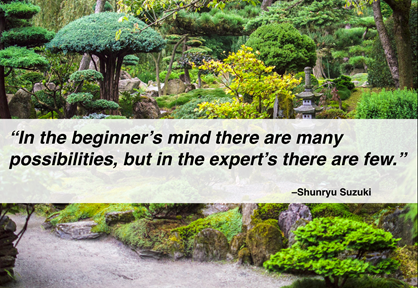The smart Trick of Uv/vis/nir That Nobody is Discussing
Table of ContentsUv/vis/nir Can Be Fun For EveryoneUnknown Facts About SpectrophotometersThe smart Trick of Uv/vis That Nobody is Talking AboutThe 8-Second Trick For Circular DichroismCircular Dichroism Fundamentals Explained

Spectrophotometry is a tool that hinges on the quantitative analysis of molecules depending on how much light is soaked up by colored substances.
Circularly Polarized Luminescence Things To Know Before You Buy
A spectrophotometer is frequently used for the measurement of transmittance or reflectance of services, transparent or opaque solids, such as sleek glass, or gases. Although numerous biochemicals are colored, as in, they soak up noticeable light and therefore can be determined by colorimetric procedures, even colorless biochemicals can typically be converted to colored substances suitable for chromogenic color-forming reactions to yield substances ideal for colorimetric analysis.: 65 However, they can also be designed to determine the diffusivity on any of the noted light ranges that usually cover around 2002500 nm using various controls and calibrations.
An example of an experiment in which spectrophotometry is used is the determination of the equilibrium constant of a solution. A particular chain reaction within a solution might take place in a forward and reverse direction, where reactants form products and products break down into reactants. Eventually, this chain reaction will reach a point of balance called an equilibrium point.
Getting The Uv/vis To Work
The quantity of light that travels through the solution is indicative of the concentration of specific chemicals that do not allow light to travel through. The absorption of light is due to the interaction of light with the electronic and vibrational modes of particles. Each kind of particle has a specific set of energy levels connected with the makeup of its chemical bonds and nuclei and therefore will absorb light of specific wavelengths, or energies, leading to special spectral homes.
Using spectrophotometers spans different scientific fields, such as physics, materials science, chemistry, biochemistry. UV/Vis/NIR, chemical engineering, and molecular biology. They are commonly used in lots of markets consisting of semiconductors, laser and optical manufacturing, printing and forensic assessment, along with in labs for the research study of chemical substances. Spectrophotometry is often used in measurements of enzyme activities, determinations of protein concentrations, determinations of enzymatic kinetic constants, and measurements of ligand binding reactions.: 65 Eventually, a spectrophotometer is able to figure out, depending upon the control or calibration, what substances are present in a target and precisely how much through estimations of observed wavelengths.
This would come as a service to the formerly created spectrophotometers which were unable to take in the ultraviolet correctly.
An Unbiased View of Circularly Polarized Luminescence
It would be found that this did not offer acceptable outcomes, for that reason in Model B, there was a shift from a glass to a quartz prism which enabled for much better absorbance outcomes - UV/Vis (https://www.livebinders.com/b/3570027?tabid=514355ed-03f4-acee-f8e7-d79f6b7bffab). From there, Model C was born with a modification to the wavelength resolution which wound up having three systems of it produced
It irradiates the sample with polychromatic light which the sample soaks up depending upon its homes. Then it is transferred back by grating the photodiode array which discovers the wavelength area of the spectrum. Ever since, the production and application of spectrophotometry gadgets has increased immensely Extra resources and has actually ended up being one of the most innovative instruments of our time.

The Basic Principles Of Circular Dichroism
Historically, spectrophotometers use a monochromator containing a diffraction grating to produce the analytical spectrum. The grating can either be movable or repaired. If a single detector, such as a photomultiplier tube or photodiode is used, the grating can be scanned step-by-step (scanning spectrophotometer) so that the detector can measure the light strength at each wavelength (which will correspond to each "action").
In such systems, the grating is repaired and the intensity of each wavelength of light is determined by a various detector in the selection. Furthermore, most modern-day mid-infrared spectrophotometers use a Fourier transform technique to obtain the spectral information - https://www.abnewswire.com/companyname/olisclarity.com_129679.html#detail-tab. This technique is called Fourier transform infrared spectroscopy. When making transmission measurements, the spectrophotometer quantitatively compares the fraction of light that goes through a referral solution and a test solution, then digitally compares the strengths of the 2 signals and calculates the portion of transmission of the sample compared to the reference requirement.
